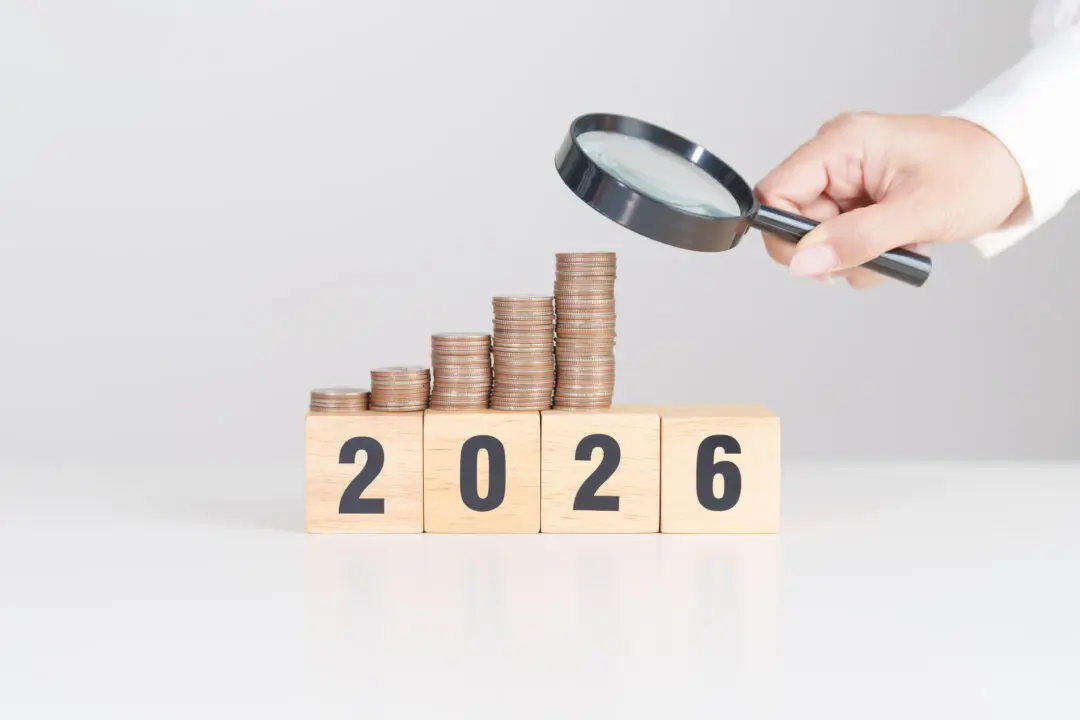By Lisa Gerstner
From Kiplinger’s Personal Finance
Since high inflation took hold in the United States, Series I savings bonds—which offer an inflation-linked interest rate—have enjoyed a moment in the sun. I bonds purchased from November 2022 through April 2023 offer a lofty composite yield of 6.89 percent.






